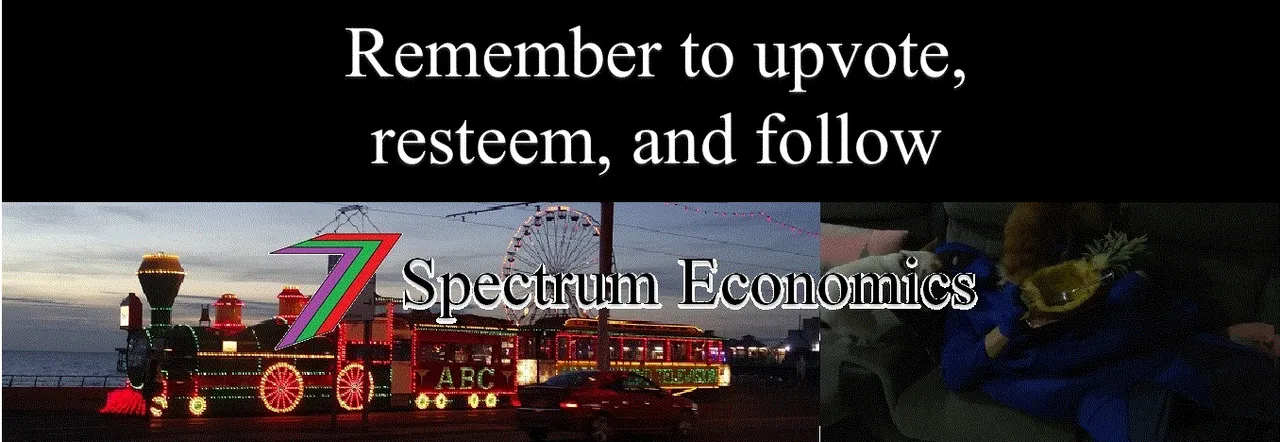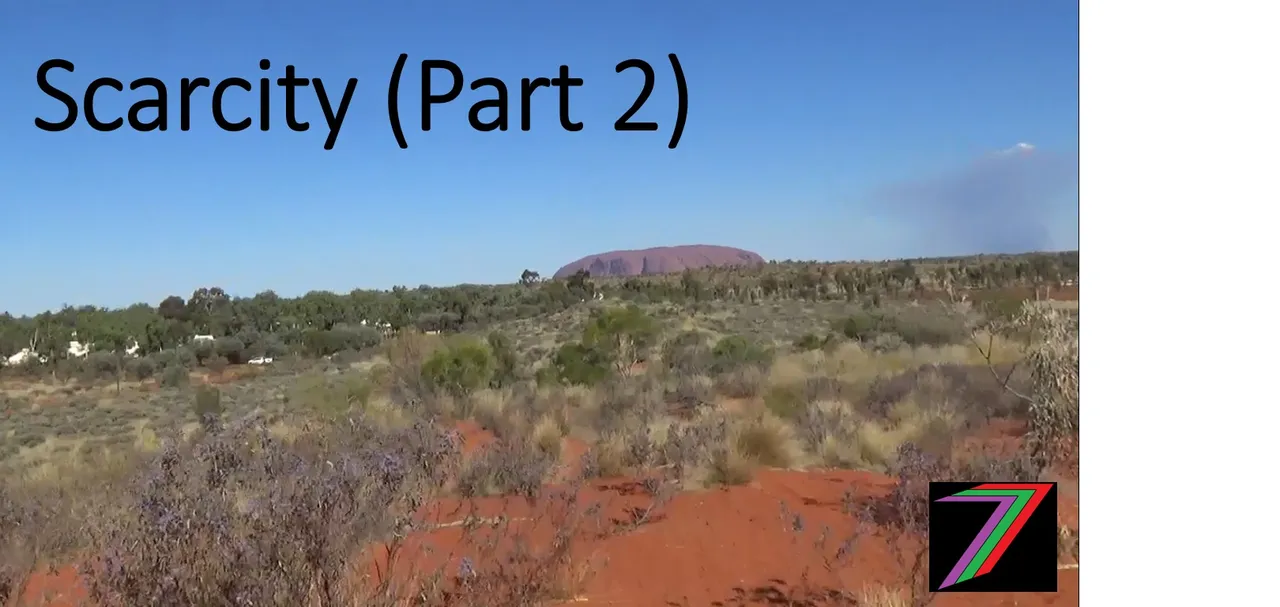
This is Part 2 of a short series relating to the economic concept ‘scarcity’. In Part 2 I will investigate if scarcity is a genuine problem or one that has been contrived for the benefit of the few. I will define by what I mean by natural scarcity and contrived scarcity. Part 2 will explain these concepts using basic examples of a simplistic world where the only resource we rely on is food to survive.
Quick Recap: What is scarcity?
In short, scarcity can be defined as too many people chasing too few goods and services. Scarcity means that there are insufficient resources to cater for all the needs and wants of everyone. Part 1 explained the concept of scarcity using a very simple example of several people competing to obtain a banana from a single seller. This example demonstrated that those with the least to offer lost and were forced to go without. The seller and the buyer with the most to offer were able to make a deal and therefore did not lose out or suffer because of scarcity.
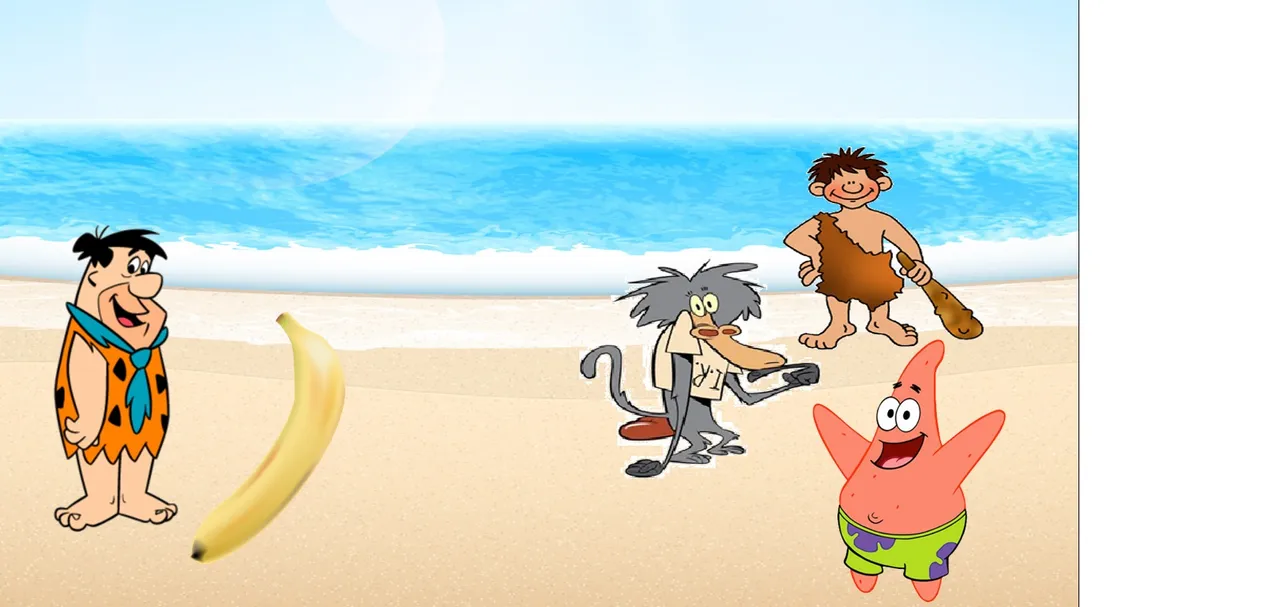
Scarcity: Natural or contrived
The readers should note that a natural occurrence of scarcity is quite different from a contrived occurrence. A natural occurrence of scarcity is when there is simply not enough resources to go around for everyone. This is the scenario that is commonly pushed by Governments and the media. A contrived occurrence of scarcity is when scarcity occurs because supply is being deliberated limited or demand is being unnecessarily inflated.
Naturally occurring Scarcity
What is natural scarcity? This type of scarcity occurs because there is simply not enough supply of particular goods or services to meet the demands of the people. This could be because supply has been unexpectedly cut short because of some form of disaster. This could also be because of high demand relating to people’s insatiable wants or because of an unsustainable population.
The argument regarding unsustainable population and population growth has become an important agenda of the global elite and Governments. Bill Gates is amongst many of those pushing for depopulation to ‘protect’ the environment. Vaccines are a proposed instrument to lower population growth in third world countries. The bizarre Georgia guidestones also advocate depopulation as a way to a better future.
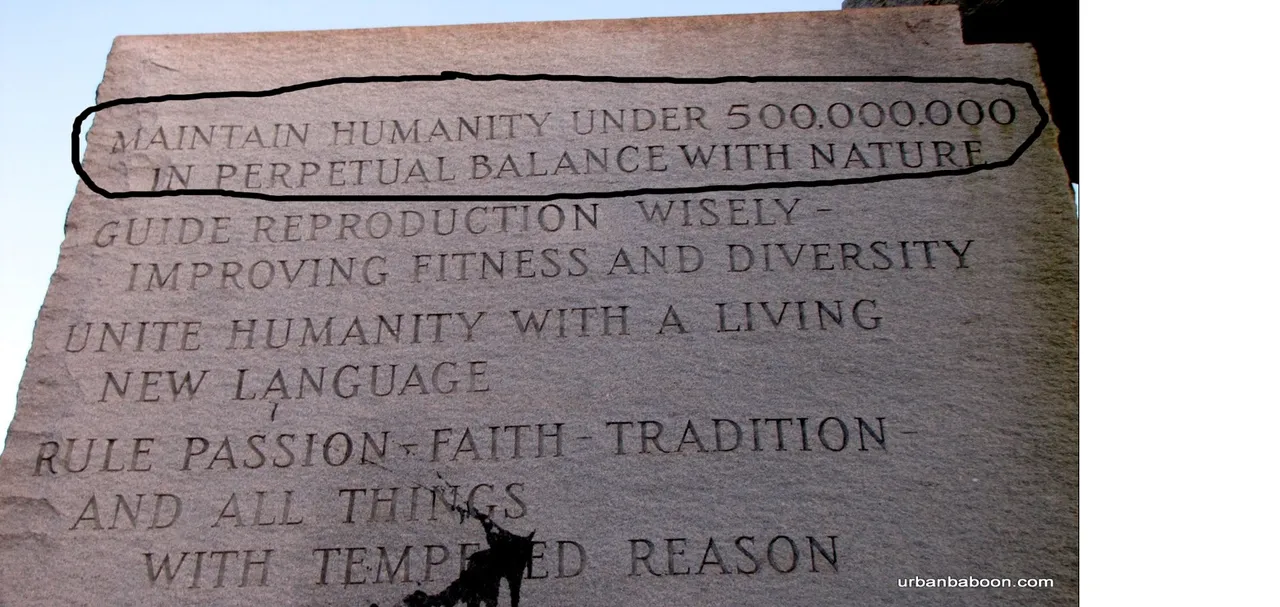
I will now provide you with an example where natural scarcity does not exist.
Imagine to live comfortably everyone needs an intake of 50kg of food a year. If we live in a world with just 10 people and the world could produce 600kg of food a year. Everyone, in theory, should be satisfied and scarcity should not be a problem. Each person could have up to 60kg if they wanted.
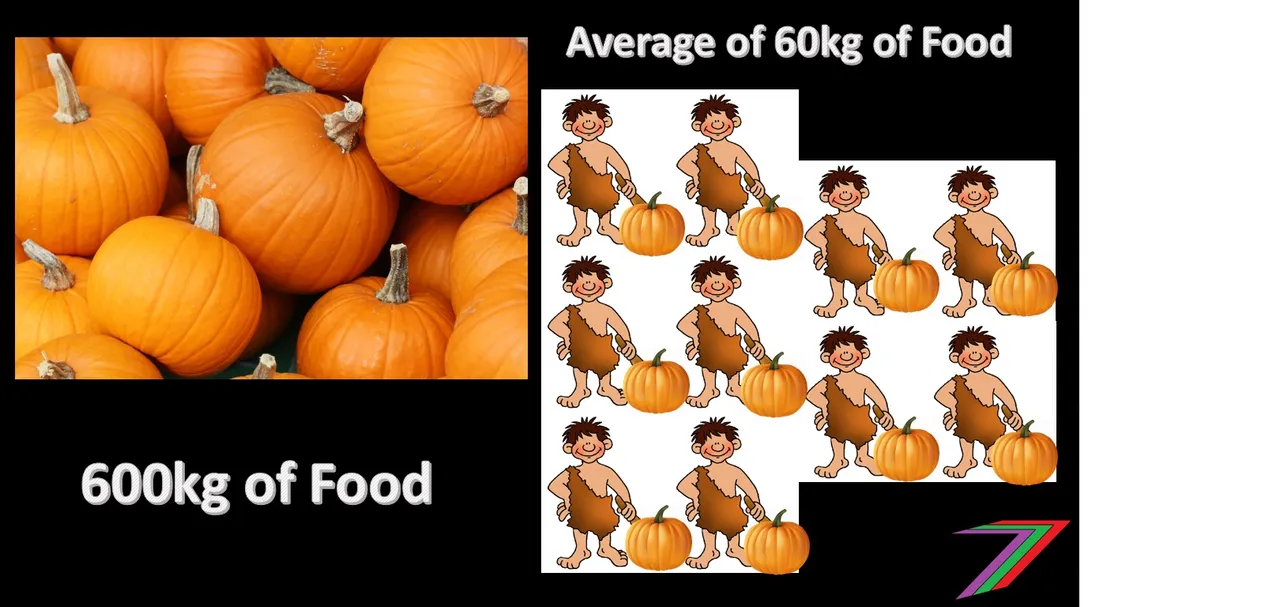
Now for an example of when natural scarcity exists.
If it was only possible to produce 300kg of food a year, we would have a natural problem of scarcity. There would be a shortage of 200kg of food. The ten people would have to decide how to handle this scarcity problem. They could share the 300kg evenly and all endure 20kg less for the year. Some could work harder to try and reach 50kg of food while the less hard working starve. The stronger could bully the weaker out of their food. There are several possibilities but the ultimate outcome is that not all needs are met. This is a genuine case of the natural occurrence of scarcity.
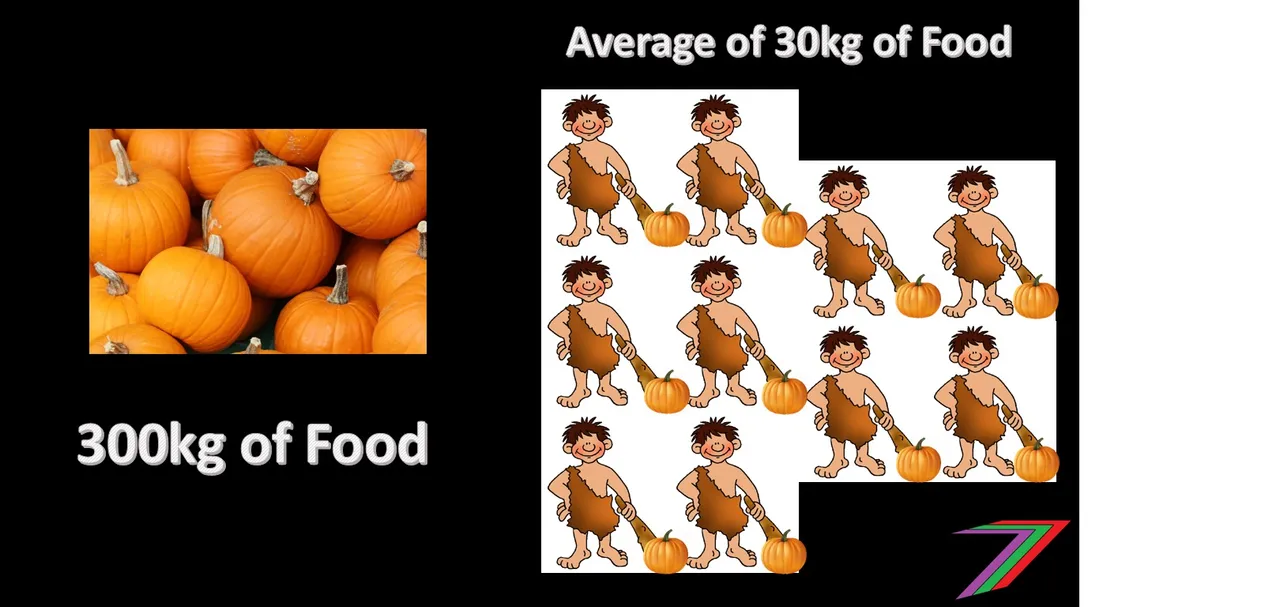
Contrived Scarcity
What is contrived scarcity? It is the artificial creation of scarcity in an attempt to control the population and/or obtain power and wealth. The elite and Government have ownership of most the world’s resource. The rest of us, if we are allowed to, have to compete for what we can get.
Let’s go back to the scenario where we have 600kg of food and 10 people. Each person can have the 50kg they need and there is still a potential to gather another 100kg of food. What if 2 people obtained ownership over the land that the food is grown on; let’s call them the landowners. The remaining 8 people cannot obtain the food without the permission of the two land owners; let’s call these 8 people gatherers. The land owners allow the 8 gatherers to collect the food on behalf of them and will pay each gatherer half of what they collect.
If all food is collected, the 2 landowners will have 300kg (600/2) for the year and the 8 gatherers will also have 300kg for the year. Scarcity now exists for the gatherers. The most hard working and efficient gatherers might be able to get 50kg of food but that will mean that the less hard working and efficient gatherers will fall well short of 50kg. The average per gatherer is only 37.5kg. Scarcity has been created when it need not be created. This is basically a capitalist system, well the capitalist system that is prevalent in many of today’s societies. The more efficient gatherers can enjoy a reasonably good quality of life (middle-class) and the less efficient gatherers will have barely enough to survive.
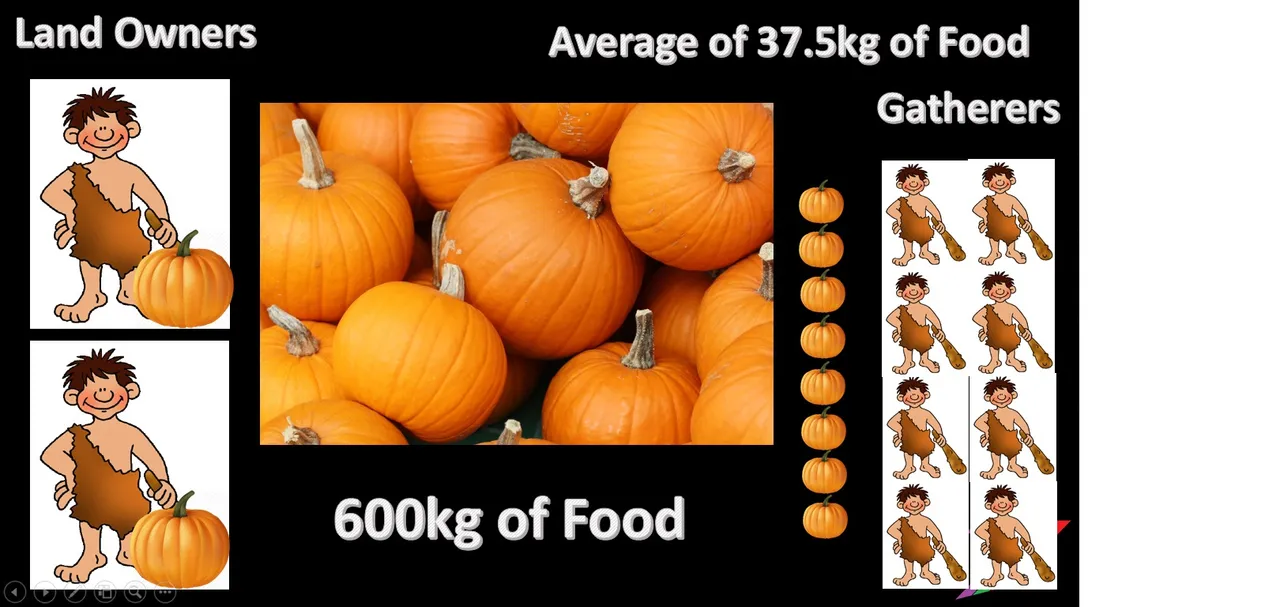
Let’s replace the landowners with Government. We now have 2 people who make up the Government. Government owns all the land. We still have our 8 gatherers. The gatherers collect food and give it all to the Government. The Government then redistributes the food in equal portions to the gatherers. The Government decides that each gatherer can survive on a minimum of 20kg of food a year. Therefore, that is what each gatherer receives regardless of how much food the individual gatherer collects. There is no incentive to work hard or efficient. Instead of the maximum 600kg of food being collected only 300kg is collected, let's assume lack of incentive has reduced collecting efficiency by 50%. Of the 300kg, 160kg (20kg×8) is redistributed to the gatherers, 140kg remains with the Government (300kg- 160kg), and 300kg is not collected (wasted).
This is a basically a socialist system. In someway it is quite similar to the capitalist system described earlier. The Government are the landowners. Instead of some gatherers forming the middle class, all gatherers are barely surviving. Just like the capitalist system, scarcity is created even though there is sufficient food available for all to live comfortably.
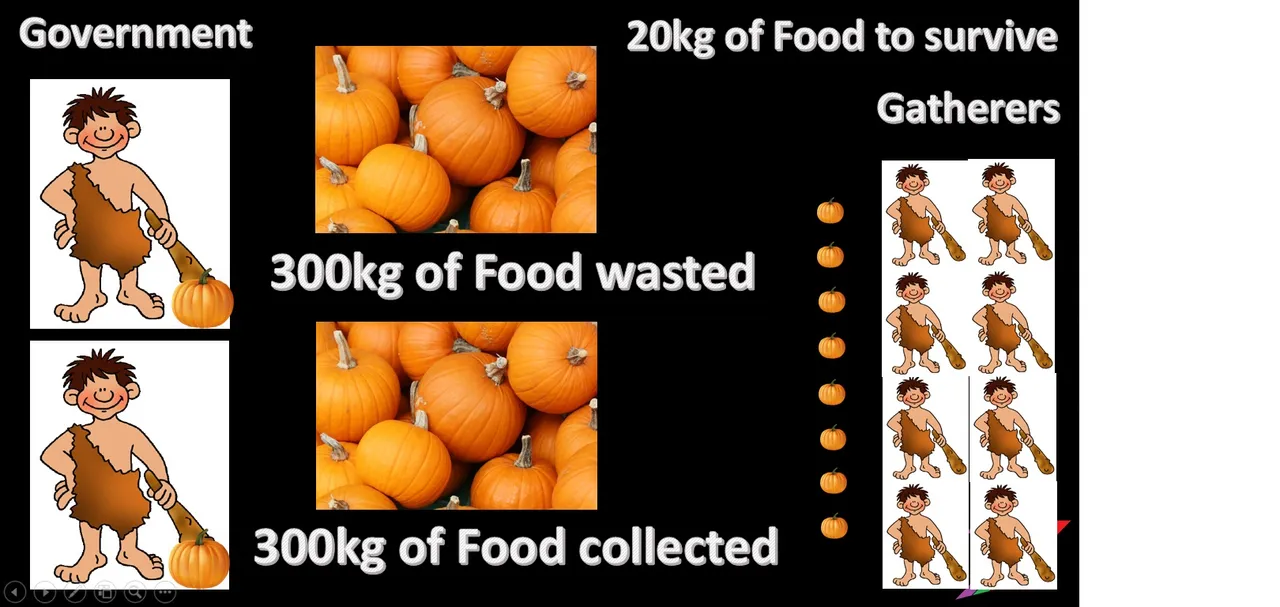
Power
Both capitalist and socialist systems ensure scarcity even when it does not exist. In many countries political parties are split into what is called right wing (favours capitalism) and left wing (favours socialism). This is to create the illusion that the economic spectrum runs between the far right (completely free markets and no Government intervention) and the far left (complete Government control over everything). The reality is that both the far right and far left are dictatorships and all that is in the middle is just a balance of who takes more of the spotlight. These dictatorships use scarcity amongst many other ploys to control the population.
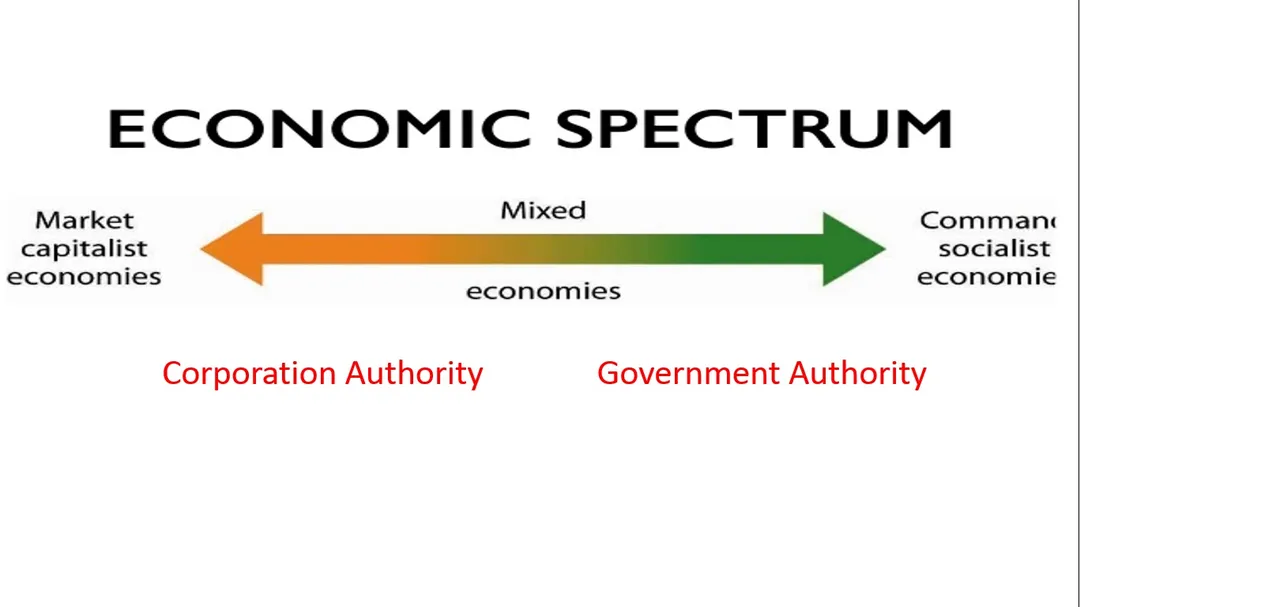
As long as scarcity (contrived or natural) exists there will be those that lose and those that will suffer. In the case of contrived scarcity, all those that do not have wealth or ownership of resources are able to exploit those that do not. Economists refer to this as controlling the factors of production (land, labour, capital, and entrepreneurship).
We can eliminate contrived scarcity. This can be done by breaking from the existing mould that someone has to have the power. The left wing and right wing ideologies are largely pursued from an authoritarian perspective. Whether this be Government or large corporations or the combination of the two. Anarchy is one alternative structure where contrived scarcity does not have to exist. Anarchy will be explored in more detail in a later part in this series.
Conclusion
This brings me to the end of Part 2. The arguments so far have been mostly theoretical and simple. This is necessary for the readers to understand the real life examples of scarcity in the parts to come in this series. Part 3 will look at several important areas such as natural resources, production capacity, and improvements in technology.
Part 3 will also look into an area that I am quite passionate about and that is veganism. I will be looking at how meat and dairy production is contributing to scarcity of food, water and land. If you are vegan or interested in becoming vegan and want to know more, this is the part of the series you should pay extra attention to.
Thank you for reading this post, I hope you enjoyed it, feel free to comment.
